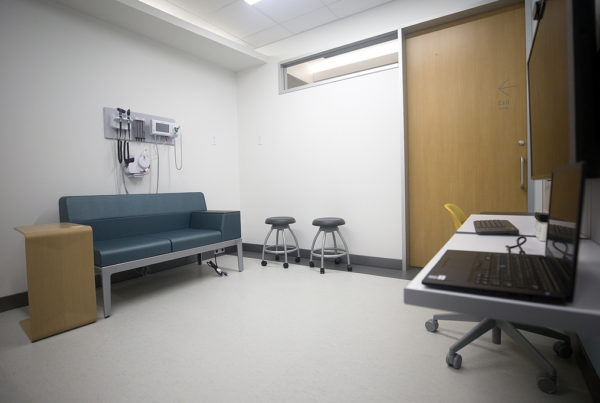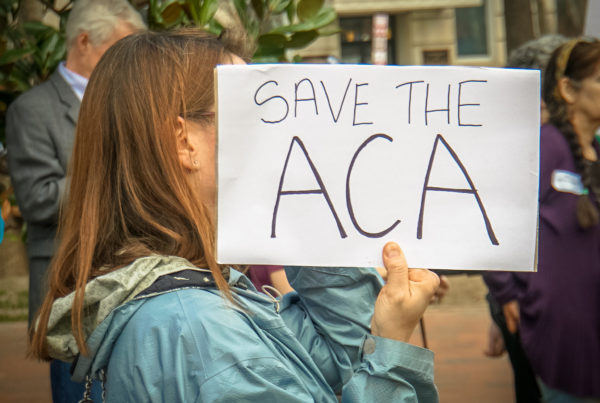The start of the school year is just around the corner. As teachers and administrators prepare, some will reflect on the previous school year and how to improve.
Non-profit children’s advocacy group, Children at Risk, recently released its annual study of elementary, middle and high schools around the state. What Children at Risk found is an interesting trend happening in the Rio Grande Valley, one that disrupts connections between poverty and education – and that is contrary to what a lot of people believe.
“The Valley was a significant anomaly in the research. One of the things that you understand in doing educations research is that in many ways affluence or lack of affluence is going to be one of the better indicators of academic success. So if you grew up in a poor family your were less likely to be academically successful,” says Dr. Robert Sanborn, President and CEO of Children at Risk.
The region was found to have more “high performing, high poverty schools” that in any other part of the state. “High poverty” according to the study, means having more than 75 percent of the students coming from low income household. The “high performing” part has to do with the study’s own A-F rating system – not to be confused with the State of Texas’ announced A-F system. Sanborn explains how Children At Risk’s calculates their study’s ratings.
“We use the states’ raw scores, so we do look at [STAAR] tests scores,” he says, “we look at ‘comparison to like schools’ demographically similar to that school. But more importantly we look at the growth of a student year to year where do we see a student, school year to school year making significant progress on [the] test. And when we look at high schools, we also do things like graduation rates, the number of AP tests they are taking and if they are in the IB program. So it’s comprehensive look that gives us a really nice snap shot of how a child is doing and how the school is doing.”
Some of the main differences Sanborn sees of “high performing, high poverty” schools in the Valley start with top level administration.
“The superintendents and their team have decided to go all out,” Sanborn says. “Making sure the kids are well fed, taking care of kids very well. They are doing things like extending the school day, more academic time on task.
They are also doing things like creating a culture of high expectations. You are creating a culture within the school where kids are expected to do well and expected to go on to great success. And then they are doing little thins as well, like going in when a kid scores poorly on a test there is immediate intervention. All those things working in congruence seem to have a difference. The other thing that is very important is full day high-quality pre-k. So when the kids are going to pre-k and then going into elementary school, they also tend to be doing better.”
Children at Risk has been conducting the study for the past 12 years and has monitored the developing trend.
“This has been a trend in the last five or six years that we’ve been seeing in certain parts of the sates. The Rio Grande Valley, Houston and Dallas. Houston started it about five, six years ago but in the last couple of years the Valley has really caught on,” he says.
He reiterated the importance of having administration in every region advocate for their students.
“One of the things that we see are superintendents,” Sanborn says. “the leadership of the district that tend to be activist, that really understands that the idea of good results means we have to change something. Its not doin the same thing and expecting different results is focusing on change a number of superintendents in the Valley and the past Houston and Dallas who have that focus. And we are hoping right, we’ve seen Fort Worth, we’ve seen San Antonio getting these sort of reformist superintendents, we hope to see some of those changes. But the Valley seems to be the place where we really see this result, where we see a real difference in the lives of these students.”
Sanborn says that that the success of “high performance high poverty” schools has been replicated throughout the Valley, and has the possibility to be replicated in other areas of the state.
“We absolutely could replicate it. In a sense, the Valley is doing that,” he says.
















